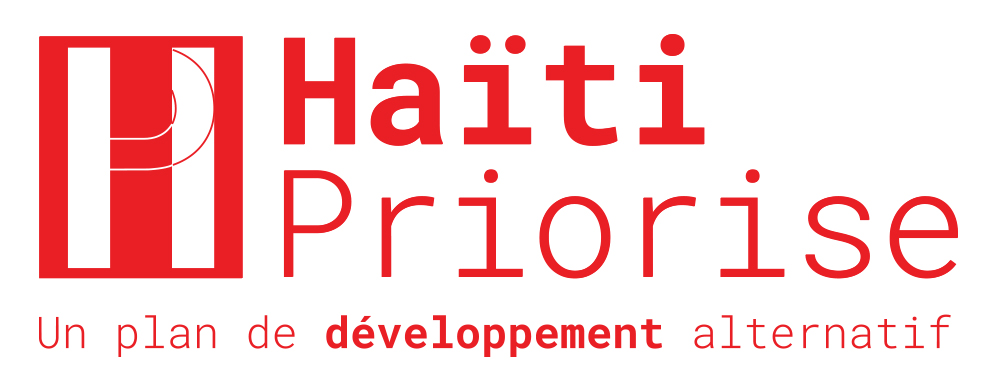Haïti Priorise: Electricity Transmission, Pauyo
Description of Problem
Electricity reaches less than one-quarter of Haiti. This is an obstacle to economic and social development.
The Haitian electricity market comprises five isolated areas. Apart from in Port-au-Prince, these are powered by small generators. Electricity production in large cities is largely provided by independent producers, who enjoy monopolies without competition.
In the early 1990s, Jamaica, the Dominican Republic and Haiti all set out to create national electricity networks. Jamaica and the Dominican Republic were successful, but Haiti failed because of its a political and economic crisis, weak support from financial backers, and a subsequent lack of interest from international donors who would prefer to fund small, off-grid or micro-grid electrification projects.
Today, the biggest obstacles to the development of the electricity sector in Haiti are the weakness of institutions, systems, and poverty. Many people take electricity without paying for it, severely affecting the income of the EDH and leaving it unable to fund infrastructure improvements.
Solutions
- National Power Transmission Network
- Distribution Network Extension and Upgrade
The goal of these two interventions together is to get 24-hour electricity to 50% of the population in 2030.
Summary Table of the BCR
| Intervention | Benefits (Net Present Value) | Costs (Net Present Value) | Benefit-cost Ratio |
|---|---|---|---|
| National Transmission Network | 891 billion gourdes ($12.9 billion) | 138 billion gourdes ($2.0 billion) | 6 |
| Distribution Networks | 449 billion gourdes ($6.5 billion) | 45 billion gourdes ($657 million) | 10 |
Benefits and costs are annualized at a 5% discount rate.
Benefits, Costs and BCRs
National Transmission Network
A National Transmission Network would connect Port-au-Prince, Jacmel, Jérémie, Gonaïves, Cap Haïtien, Môle Saint Nicolas, Fort Liberté and the Péligre plant.
It would require the construction of approximately 1,079 km of high-voltage power lines connecting the country's main cities, the extension of 12 substations across the country, and the construction of a national energy control center.
Costs
The lines would be the most expensive component, costing more than 69 billion gourdes ($1 billion). The overall investment to build the network would be around 110 billion gourdes ($1.6 billion). With the ongoing costs for maintaining the transmission network, the total cost across the next three decades will land at 144 billion gourdes ($2 bn).
Benefits
This network would help create the conditions for a competitive wholesale electricity market. It will lower the production cost of electricity. It will enable the integration of cleaner renewable energy sources, such as solar and wind turbines. It will lower the cost of rural electrification, thanks to a high voltage network across the country integrating the isolated systems. It will alleviate poverty. And it will lower the steep price that the Haitian economy pays when it cannot currently get electricity to where it is needed. These benefits to add up to around 891 billion gourdes ($13 billion).
Distribution Network Extension and Upgrade
Setting up a distribution network involves fixing 1,920 km of medium voltage and low voltage lines, constructing 1,350 km of medium and low voltage lines, connecting around 750,000 new subscribers with electronic meters that can be read remotely, and updating the billing system.
Costs
Updating the billing system is the most expensive part of the investment, at around 6.9 billion gourdes ($100 million), making up about half of the overall set-up cost of 15.7 billion gourdes ($228 million). With operations and management and with transmission losses, the total cost over the next thirty years runs to 45 billion gourdes ($657 million).
Benefits
The distribution network will help increase the rate of access to electricity from 25% to more than 50% of the population. It will allow for the reduction of theft and it will reduce the costs of electricity production. It will help to reduce the costs of breakdowns and improve the living conditions of the population. And it will lead to economic growth.
These benefits to Haiti add up to around 829 billion gourdes ($12 billion).

